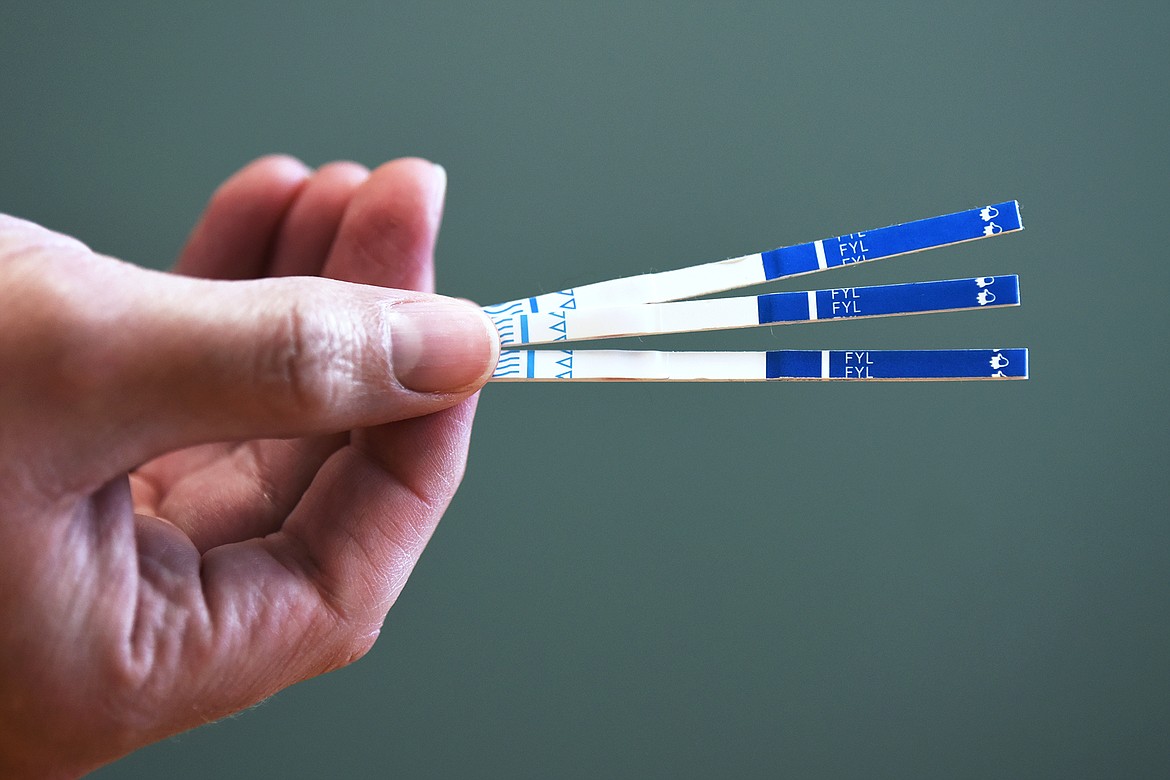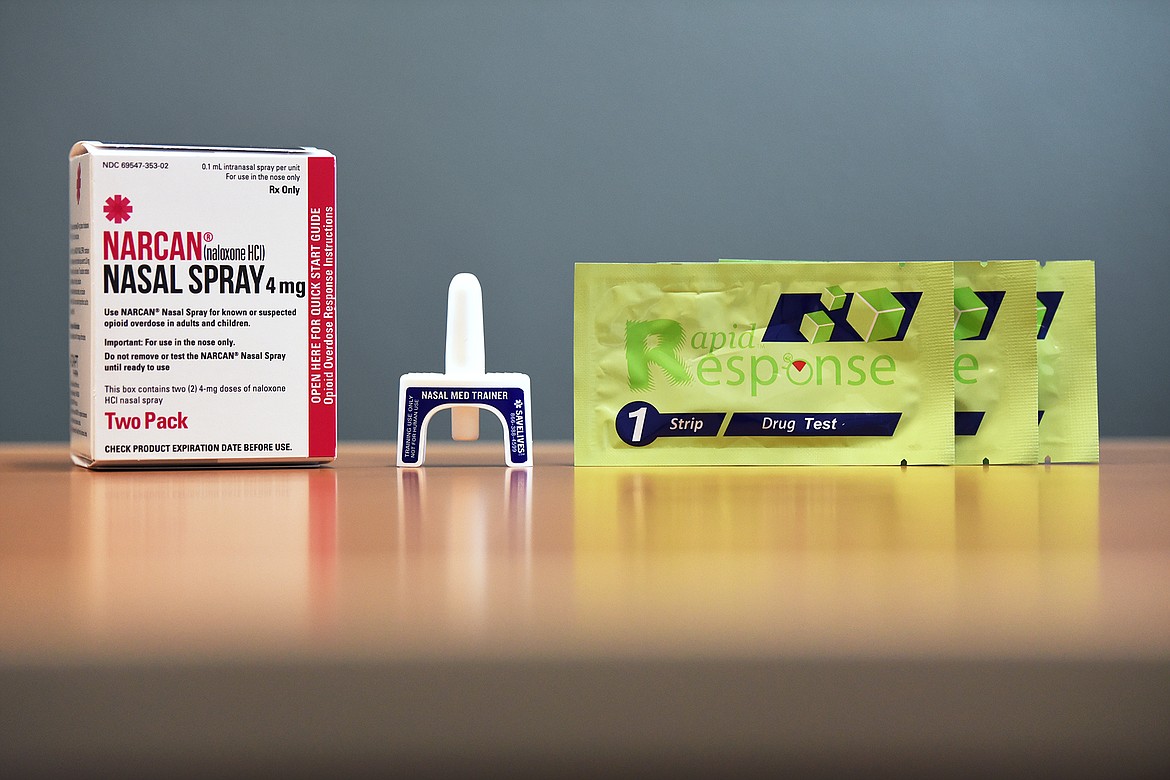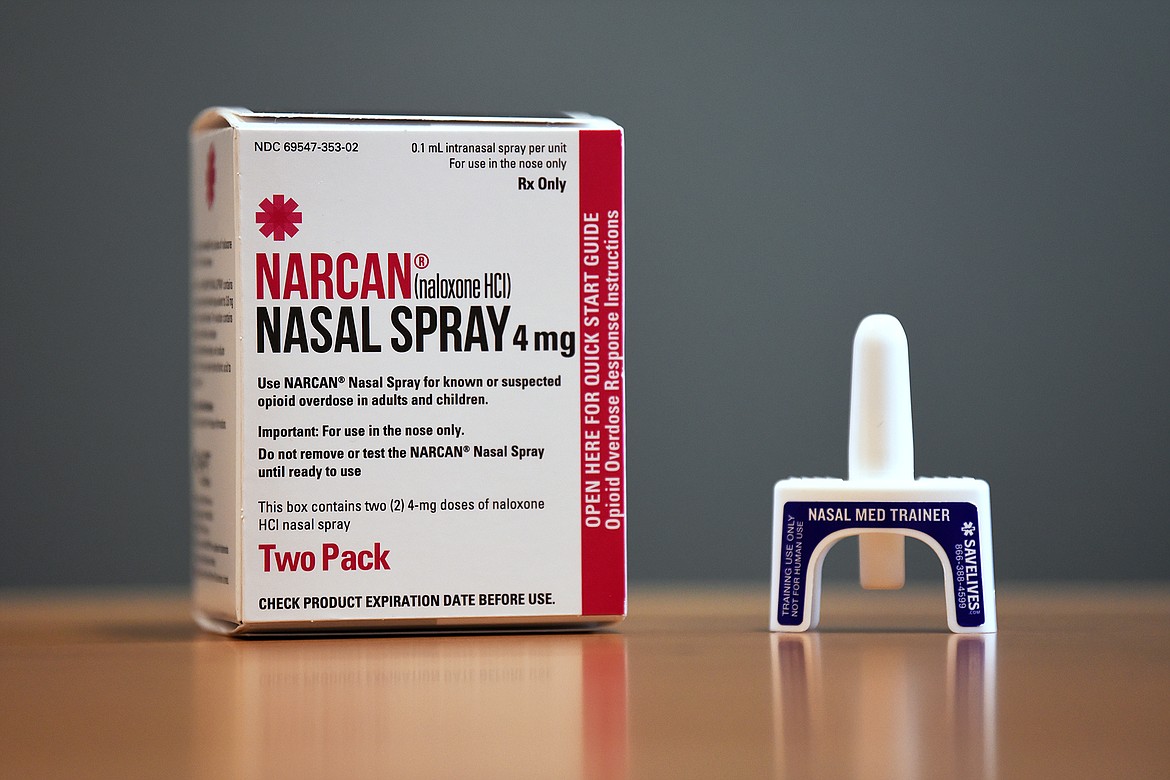County sees emerging crisis with addictive painkiller
Flathead County experts say illegally manufactured fentanyl is now prevalent throughout the greater valley, and that issues associated with the highly addictive painkiller may prove to be the most challenging leg yet in Montana’s battle against the ongoing opioid epidemic.
Fentanyl is a synthetic opioid that, according to the United States Drug Enforcement Administration, is up to 100 times stronger than morphine...
Support Local News
You have read all of your free articles this month. Select a plan below to start your subscription today.
Already a subscriber? Login
Daily Inter Lake - everything
Print delivery, e-edition and unlimited website access
- $26.24 per month
Daily Inter Lake - unlimited website access
- $9.95 per month



